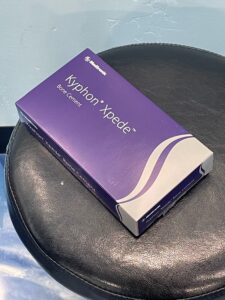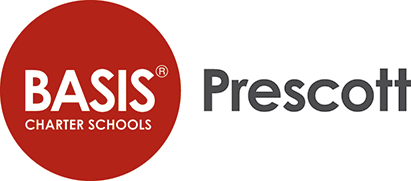WEEK 6: Supportive Surgeries
Lena T -
Hello everyone~
This week I got to shadow Donna (RN BSN) on prepping the Operating Room for a Vertebral Augmentation! They have a designated table for sterile items and another small table for sterile gown and gloves for Dr. Spitalieri. Even with the blue tablecloth laid out on the table, it had to be unwrapped in a specific way and placed on the table to remain sterile. I was very curious how Dr. Spitalieri would piece together one’s fractured vertebrae back together, but I was definitely not expecting a mallet and cement to be part of the process.


Dr. Spitalieri did a bilateral at the patient’s L5 (I believe) and he started by hammering a pathway into the patient’s lumbar spine with a long, slim cylinder tool. He drilled two pathways on opposite ends and met at the middle of L5. It had to be deep enough that when he spills the cement into the bone it doesn’t leak into the spinal cord which may cause paralysis. After a pathway has been paved into the bone, he would create a mini balloon inside to lift the vertebrae up with a glue-gun looking tool with a pressure gauge. He would then mix the cement powder with a liquid and had 14 minutes to pour the cement into the cylinder tool. Within 14 minutes, he had to fill the small cracks and crevices of the fracture and pull the tools out of the patient’s spine or else the cement would harden, and he would have trouble removing the tools. He had to fill the balloon that he created inside to prevent the vertebrae from collapsing on itself. Dr. Spitalieri repeated this process on the patient’s thoracic spine at T7 but this time instead of drilling two pathways, he did it simply with one. The lumbar spine seemed to be more difficult to hammer because it was starting to calcify compared to the patient’s thoracic spine.
I also noticed the insurance process that goes on before the surgery. The insurance may not always authorize the surgery leaving the patient either to self-pay or not be able to have the surgery due to costs. For example, if a patient had fractured T12 and L1 and needed both levels to be fixed, there are cases when their insurance may approve one level and deny the other. It is very unfortunate when the insurance has the patients and providers jumping through hoops just to get basic care and treatment done.
This week, the surveys weren’t doing especially well but I did get 7 surveys! Still worth a small celebration!
Thanks for checking in! I will see you next week, and hopefully catch up on some article reading.

Comments:
All viewpoints are welcome but profane, threatening, disrespectful, or harassing comments will not be tolerated and are subject to moderation up to, and including, full deletion.